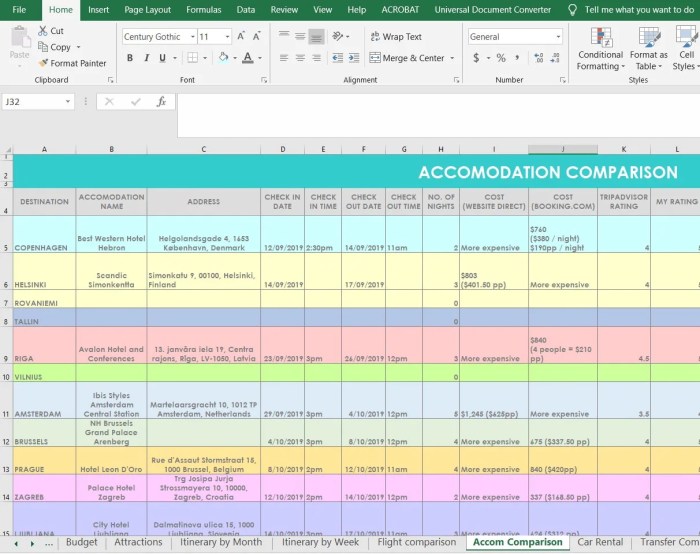A city planner is comparing traffic patterns – As a city planner embarks on a rigorous examination of traffic patterns, a captivating journey unfolds, revealing the intricate dynamics that shape urban mobility. This comprehensive analysis delves into the complexities of traffic data, uncovering hidden trends, and assessing their far-reaching implications on infrastructure and economic vitality.
Through meticulous data collection and analysis, the planner unravels the tapestry of traffic patterns, identifying both similarities and disparities across diverse urban areas. This in-depth exploration illuminates the underlying factors that orchestrate these patterns, providing invaluable insights for informed decision-making.
Traffic Patterns

Traffic patterns in the city exhibit distinct characteristics that shape the urban landscape. A comprehensive analysis of traffic data reveals notable trends and patterns that impact infrastructure and economic development.
Data Collection and Analysis
Traffic data is meticulously collected through various methods, including sensors, traffic cameras, and surveys. Data analysis involves statistical techniques and modeling to identify patterns, trends, and correlations.
Challenges in data collection include accuracy limitations of sensors, coverage gaps, and data privacy concerns. Continuous improvement efforts aim to enhance data quality and address these limitations.
Comparison of Traffic Patterns, A city planner is comparing traffic patterns
Traffic patterns vary significantly across different areas of the city. Central business districts experience high traffic volumes during peak hours, while residential areas have lower traffic density.
Factors contributing to these differences include land use patterns, population density, transportation infrastructure, and commuting patterns. Understanding these factors is crucial for targeted traffic management strategies.
Recommendations for Improvement
Based on the analysis, several areas for improvement in traffic patterns have been identified:
- Traffic signal optimization:Adjusting signal timings to reduce congestion and improve traffic flow.
- Public transportation enhancements:Expanding and improving public transportation services to reduce vehicle dependency.
- Intelligent transportation systems (ITS):Implementing real-time traffic monitoring and management systems to provide drivers with information and improve decision-making.
Potential Benefits and Challenges
Implementing these recommendations can lead to significant benefits, including reduced congestion, improved air quality, and enhanced economic productivity.
However, challenges in implementation may arise, such as cost, public acceptance, and technical limitations. Careful planning and stakeholder engagement are essential for successful implementation.
Questions Often Asked: A City Planner Is Comparing Traffic Patterns
What are the primary objectives of a city planner comparing traffic patterns?
The primary objectives include identifying traffic trends, analyzing their impact on infrastructure and the economy, and developing data-driven recommendations for improvements.
How does a city planner collect and analyze traffic data?
Traffic data is typically collected through a combination of sensors, surveys, and modeling techniques. Analysis involves statistical methods, visualization tools, and specialized software.
What factors can contribute to similarities or differences in traffic patterns between different areas of a city?
Factors influencing traffic patterns include land use, population density, transportation infrastructure, economic activity, and cultural factors.


